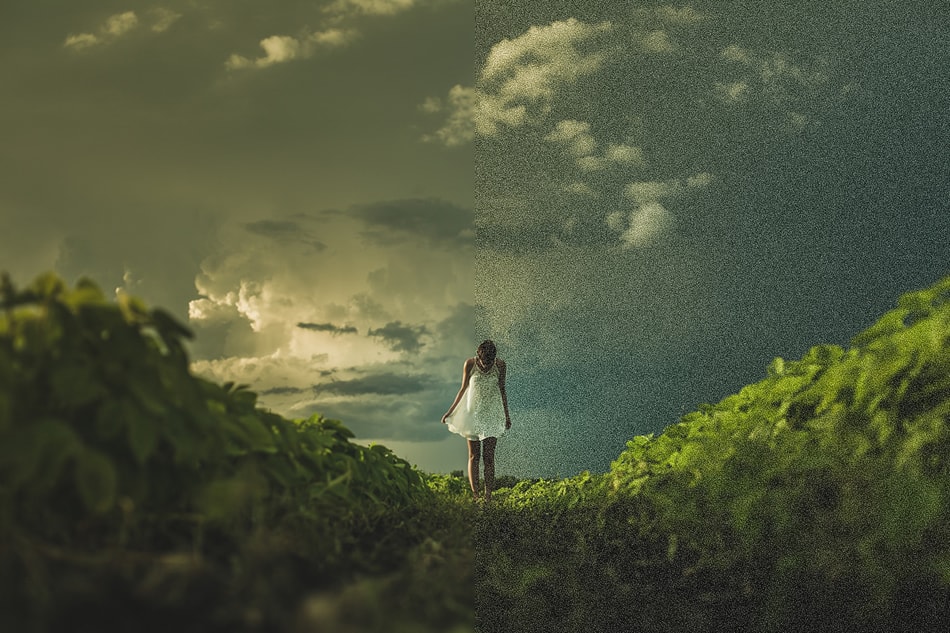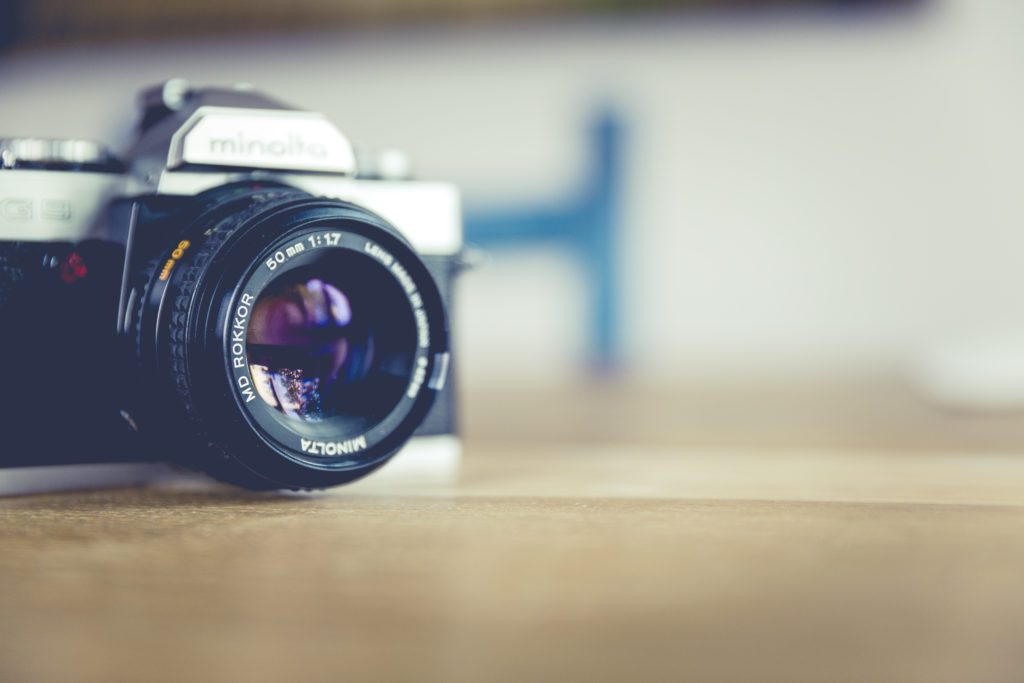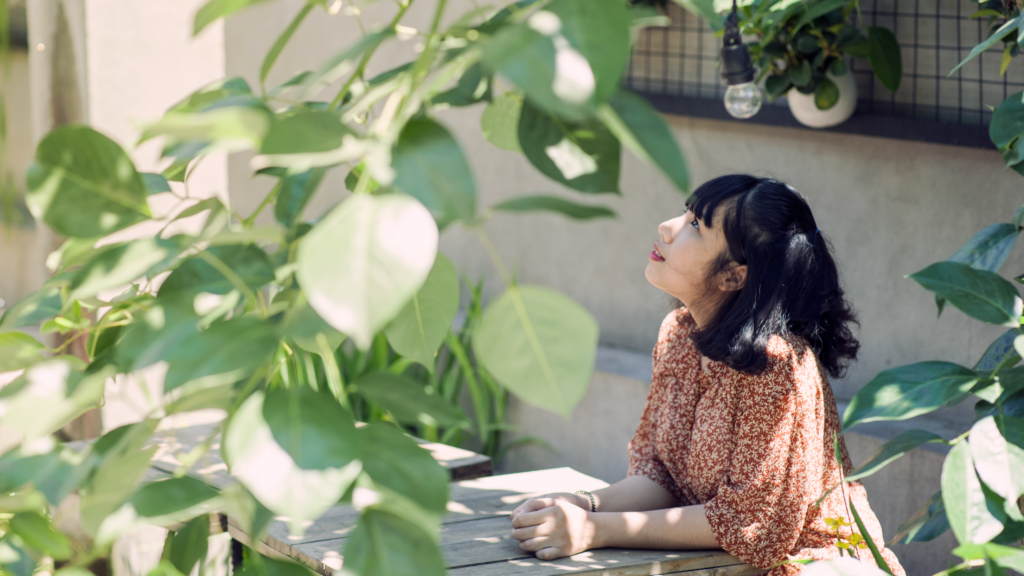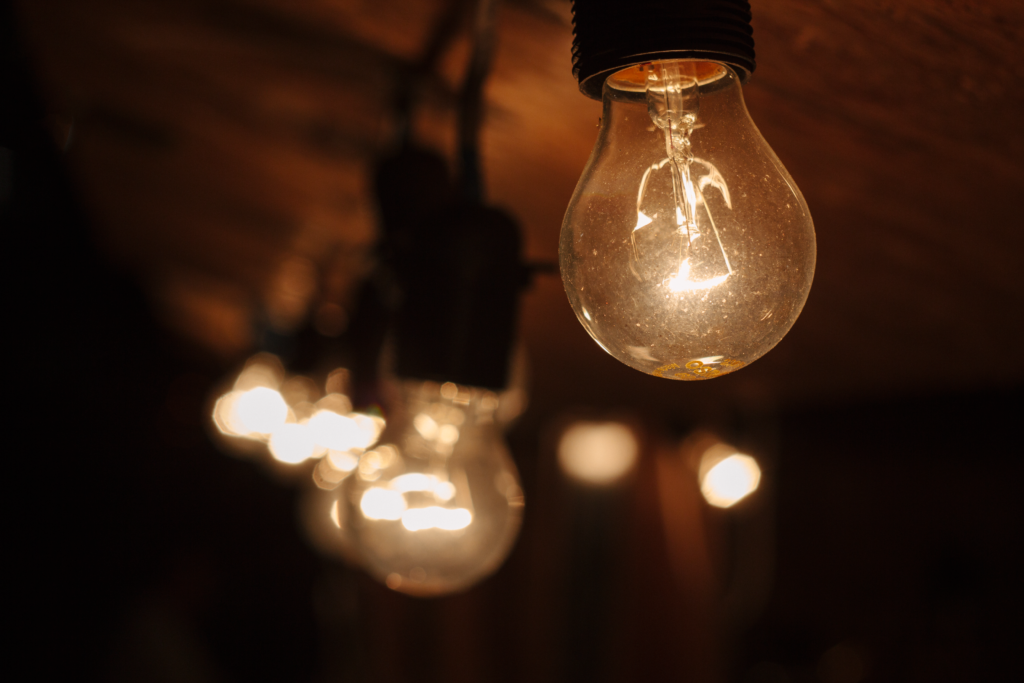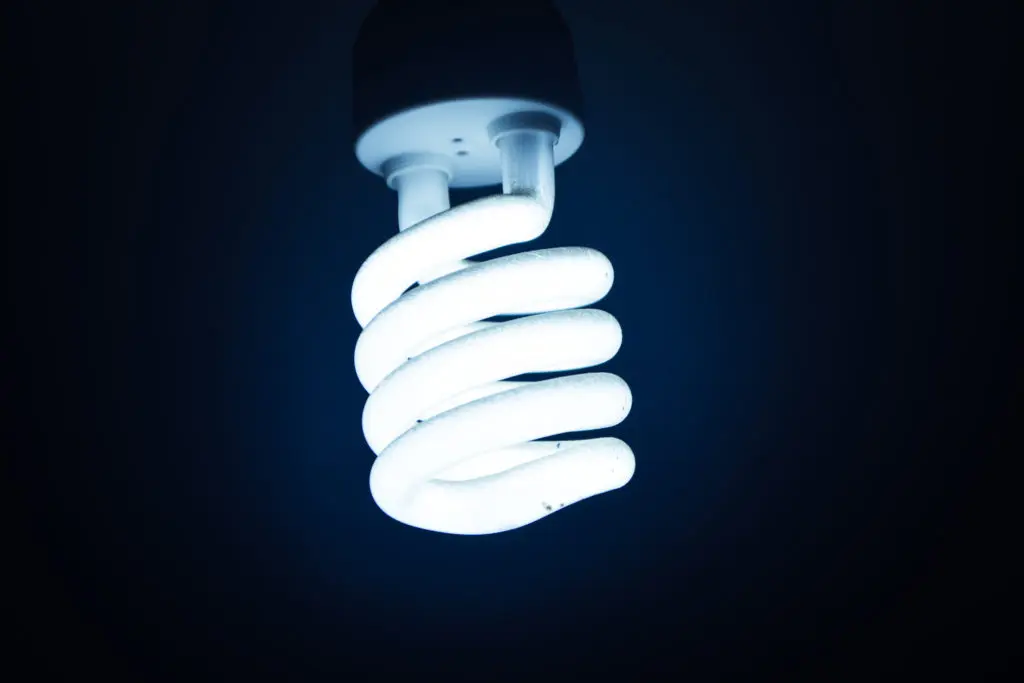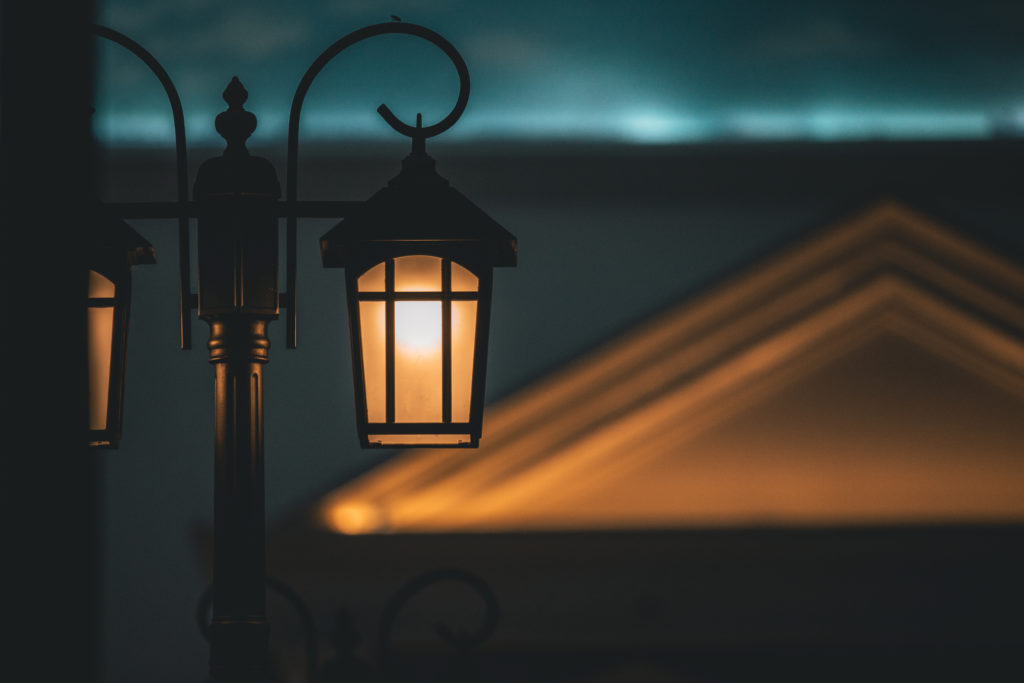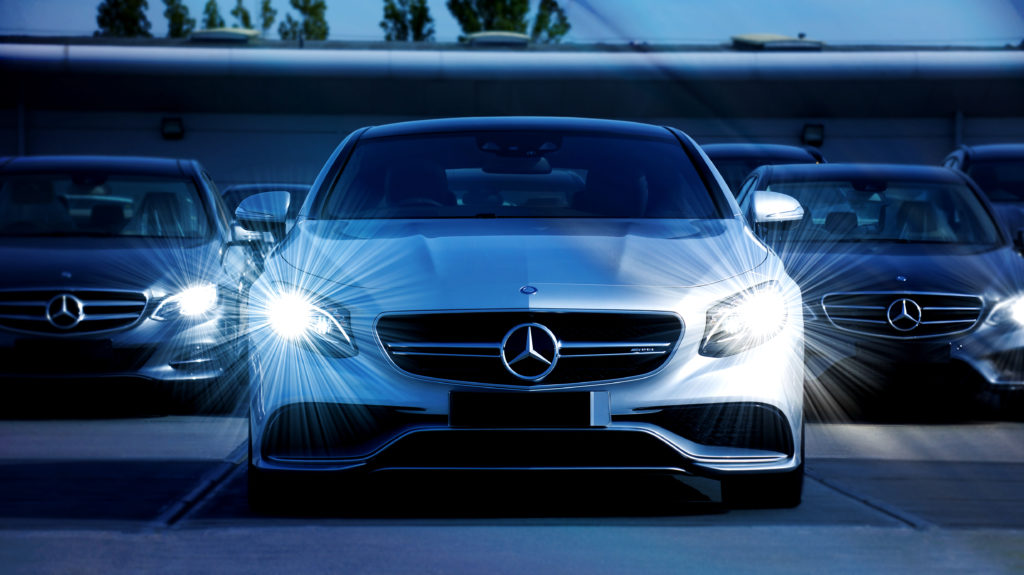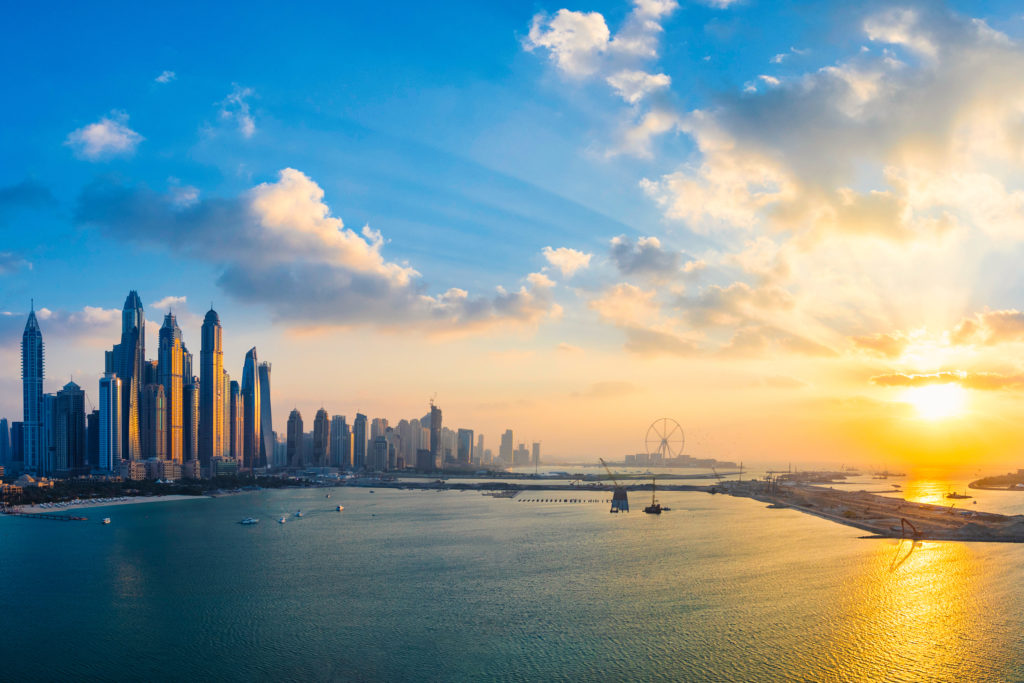Ten Things You Will Want to Practice Shooting in Summer
By Mike Panic
#photographyeveryday #photographyislife #photographylover
Whether your summer is ending or just beginning, it is always a great time for photography. Summer means good times with friends and family, outdoor activities and vacations. It's also a great time to practice shooting different and new subject matters.
Here are ten things you will want to practice shooting in the summertime that will make you a better, more well-rounded photographer.
1. Blue Hour
The blue hour refers to the small window of time that occurs just before sunrise each day and just after sunset. It can provide some of the most stunning landscape photos you've ever taken, but some careful planning is required. Check out this blue hour website to see what time the window is open in your part of the world, get your tripod and go shooting!Capturing the blue hour can be difficult – not to mention that if you elect to shoot in the predawn then you'll be getting up at “stupid o'clock”.
Here are the basics for shooting the blue hour and what you'll need:
- A sturdy tripod
- Shutter release
- Shoot RAW
- Shutter speeds of 1 to 2 seconds
- An aperture of f/8 or f/11
Further Reading:
- How To Focus In Low Light For Impressive Blue Hour, Night, And Astrophotography
- Why You Should Be Photographing Your City At Blue Hour
- Set That Alarm Clock: Capturing The Morning Blue Hour
2. Macro
Blooming flowers make for some of the best subject matter for macro photography, so take advantage of the vibrant and fun colours as different varieties change through the summer season.
Here they are, but also read the piece in full:
- Short Guide to Macro Photography
- How to Use Flash When Shooting Macro
- Using Extension Tubes to Get Started in Macro
- Close Up and Macro Photography
- The Art of Focus Stacking
3. Texture
Shots like the one of this pool show how important texture is to photography. Look for subtle details like how light reflects and refracts off and through the water for impressive photos like this one.Understanding textures is one of those advanced composition techniques that will take your photography further. If you would like to start making advanced composition choices, then take a look at Kent Dufault's excellent guide to Advanced Composition. In this guide, you'll discover concepts such as:
- Why the human eye is attracted to light objects over dark objects
- How to train your mind to simplify composition for professional results
- Why the use of repetition is so important
- How to tell a story through graphic elements
- Why your choice of aspect ratio can vastly affect a viewer’s reaction to your photograph
4. Colours
So many of us travel during the summer, often to different countries where commonplace things like a bright blue door are new and inspiring to us, like in this photo. Stark white building with a bright blue door or yellow shutters is probably something different from what you see at home daily, so take a minute and frame out the shot capture that moment. Beautiful colours make for amazing photographsWhen opposing colours meet in a single composition, contrast is achieved in the most magnificent ways. When adjacent colours – like an array of warm or cold tones are together without an opposing hue – low levels of contrast are achieved.
Creatively selecting colour when composing your images will take them to the next level. It is definitely a composition technique that you should work with.
Further Reading:
- How To Create Amazing Compositions Simply By Using Color
- Try Using The Color Red In Your Next Photography Project
- How To Add More Color To Your Images
5. Rainbows
A perfect case for always taking a camera with you wherever you go, rainbows can often come at the most unplanned times. You might even get lucky and find a pot of gold while you're out shooting (that'll pay for the next lens)!You'll need three things to take brilliant photographs of the next rainbow you encounter:
- Polarizing filter – this will ensure you get the desired look or intensity you are after
- Tripod – will help your composition and the low light you might encounter
- Remote release – for a sharp image
6. Carnivals And Festivals
Carnivals and festivals tend to travel throughout different countries during the summer months and with them come great fun and good eats. They are also a great source for photography buffs, as is the case of this great long exposure shot of a whirling people machine. Bright lights, fast action and lots of fun are great subjects and will help further your memories of the trip.Fireworks are also usually a summer staple. So have a look at these tips to get you started:
- Use a Tripod
- Always use a Cable Release
- Aperture = F11 – Work wider from this point
- ISO = 100
- Shutter Speed = 4.0 Seconds (use Bulb mode)
- Focal Length 35mm (Crop Sensor) as a starting point
- Do some homework and planning. Enjoy the show!
7. Waterfalls And Rivers
Hiking in the summer is how many people enjoy the outdoors. Often along the hikes are beautiful waterfalls, as shown here. Another case to bring the tripod along, a few ND filters and work on some beautiful waterfall or moving water shots.Just remember when taking beautiful photographs of waterfalls or rivers to:
- Use the lowest ISO possible to reduce noise in your photos
- Choose an aperture between f8 and f11 for sharper images.
- Experiment with different shutter speeds. Try speeds from a few seconds to a few minutes to get the right effect.
Further Reading:
- 6 Quick Tips That Will Have You Capturing Dreamy Long Exposure Photos
- 5 Tips For Capturing The Magical Beauty Of Waterfalls
- Photography Basics: How To Photograph Waterfalls And Rivers
…Oh and don't forget the beach

If you can't make golden hour, you can still capture the beach in all its glory, but a pro-tip is you need to expose for the very brightest part of the scene and ensure that you get those areas covered. You can generally recover the shadows in post-processing whereas if an area of the highlight is burnt out in the exposure; you’ll never see it again.
Further Reading:
- Dos And Don’ts Of Photography At The Beach
- Tips To Capture Beautiful Seascape Photographs
- 7 Quick Tips For Better Beach Photography
8. Silhouettes
We focus so much attention on subjects that sometimes using them as filler for the photograph is overlooked. Here's a great photo of how silhouetting creates a very dramatic photograph. Perfect to do on those long summer nights.If you are into creative silhouettes, then you definitely need to check out these three free guides from Photzy as these guides will help you to achieve beautiful silhouette images in no time!
9. Grilling
Grilling is something most everyone enjoys doing, or the by-product of grilling, the food. Beautiful colours and great memories can be had photographing food, while it's cooking or during plating. Think of how great these vibrant photos would look framed in your kitchen.Top tips for your food photography:
- Natural light is your friend – it will make your barbeque dinner look appetizing
- Use a wide aperture – f/1.8-f/5.6 – this will give you a lovely blurred background
- It is all about composition – fill your frame with your grill or leave some negative space on your table. Be creative!
Further Reading:
- Bite Size Tips: Amazing Food Photography Primer
- 3 Free Food Photography Guides To Get Your Creative Juices Flowing
- 8 Tips And Tricks To Improve Your Food Photography
10. Underwater
Underwater cases for DSLR cameras, watertight bags and a new breed of waterproof point and shoot cameras now enable us to capture stunning photos where we never would have before, at a fraction of the price. Long gone are the days of horrible waterproof disposable film cameras with mediocre photographs. Get out there, get wet and go capture some great photos in the water!Further Reading:
- How To Photograph Underwater Using A Mirrorless Camera
- 7 Best Underwater Camera Housings
- 5 Steps To Taking Powerful Underwater Photos
Share this article.
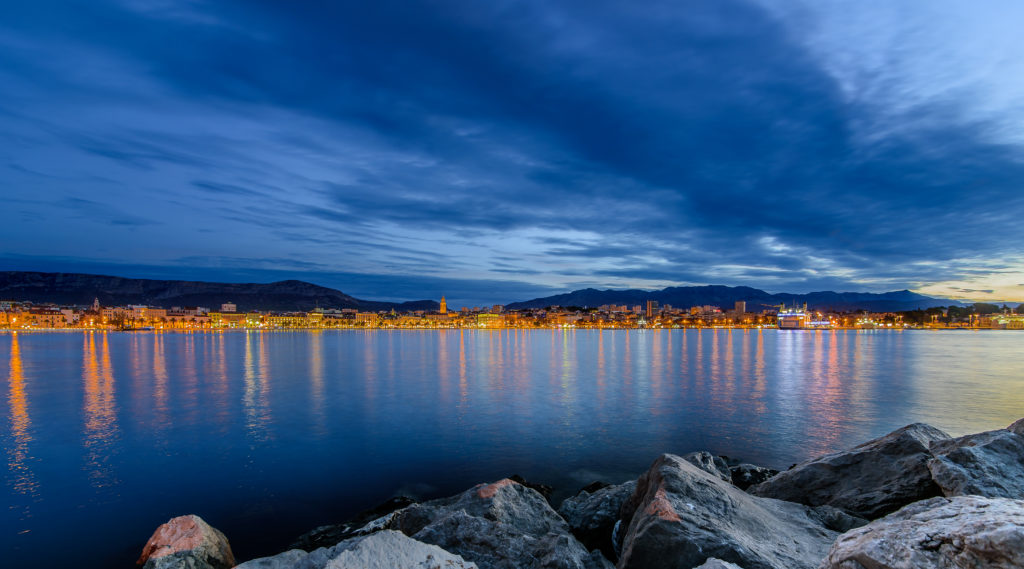

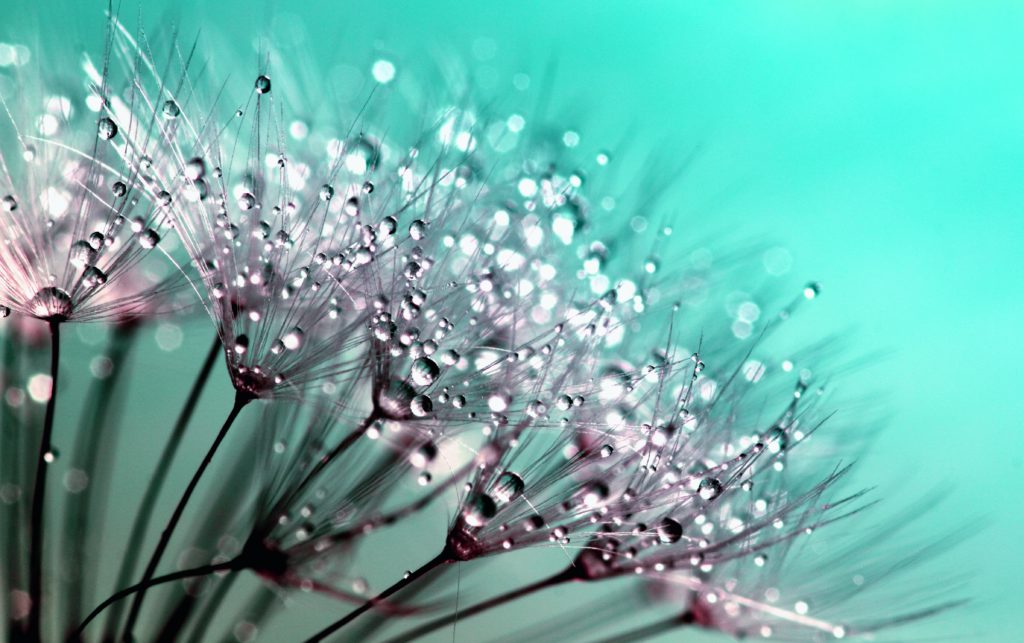
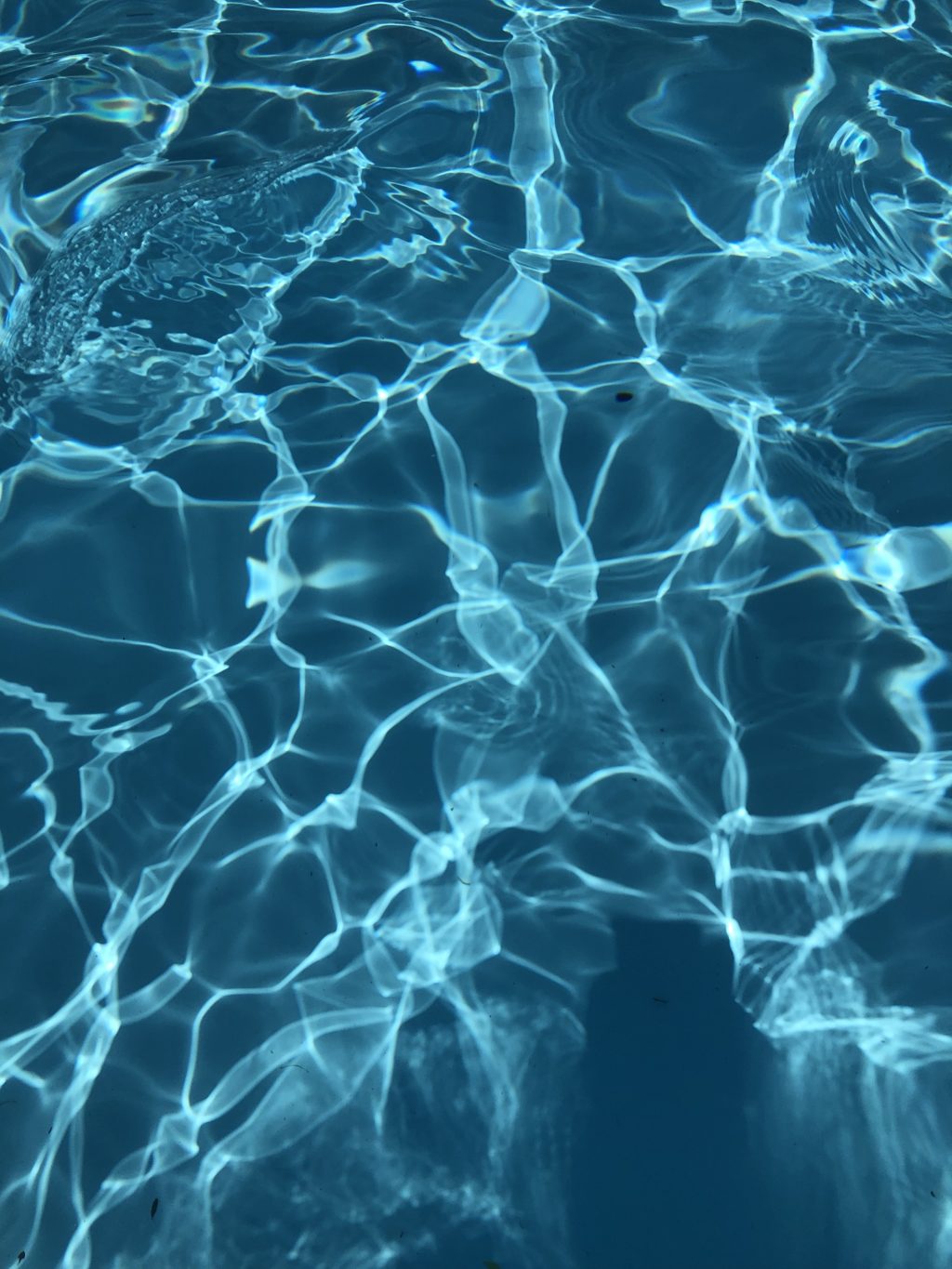
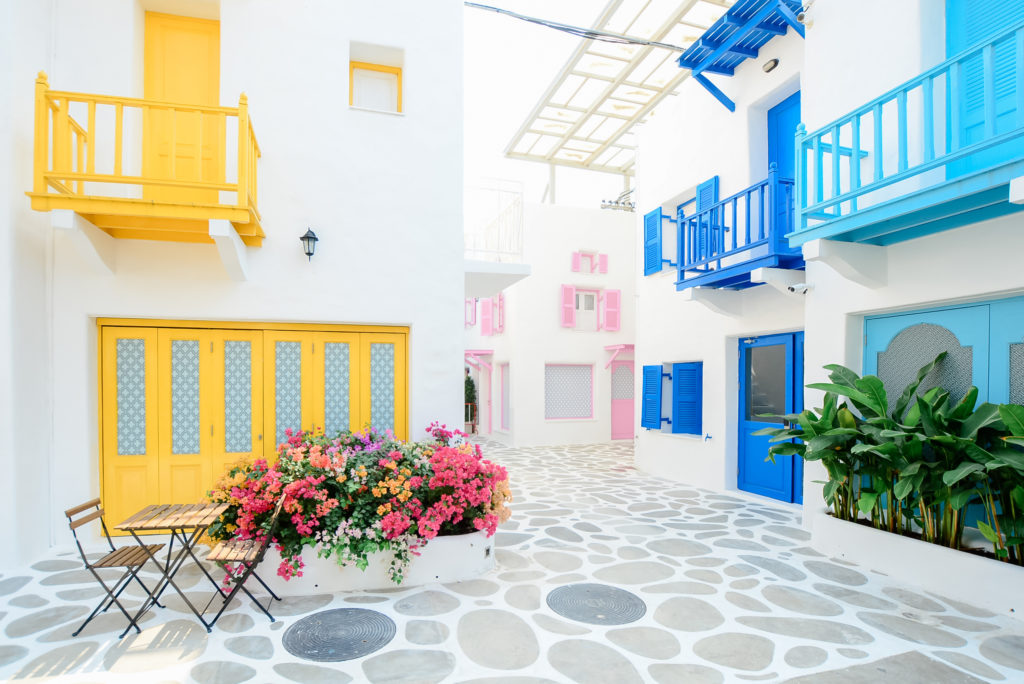
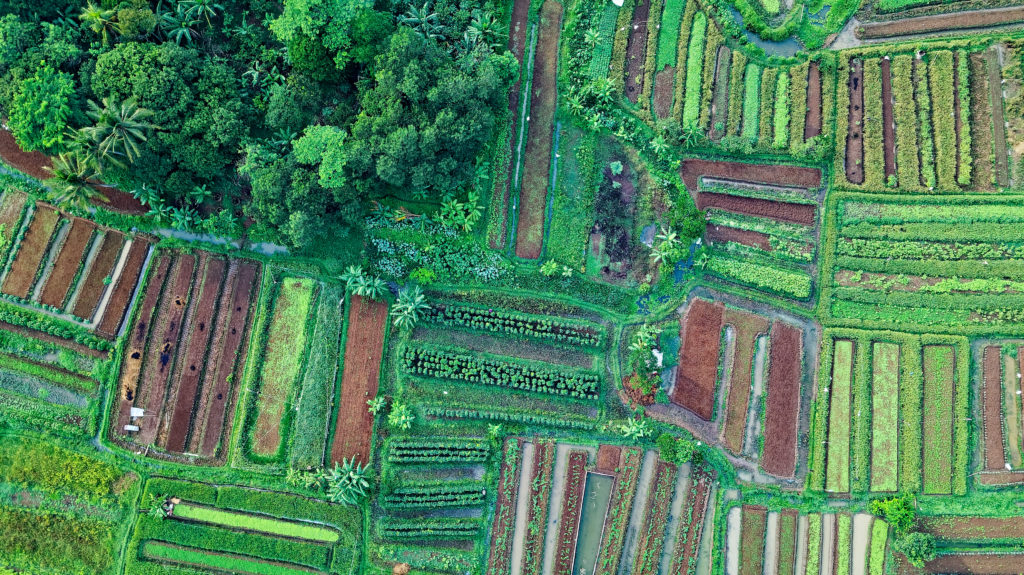
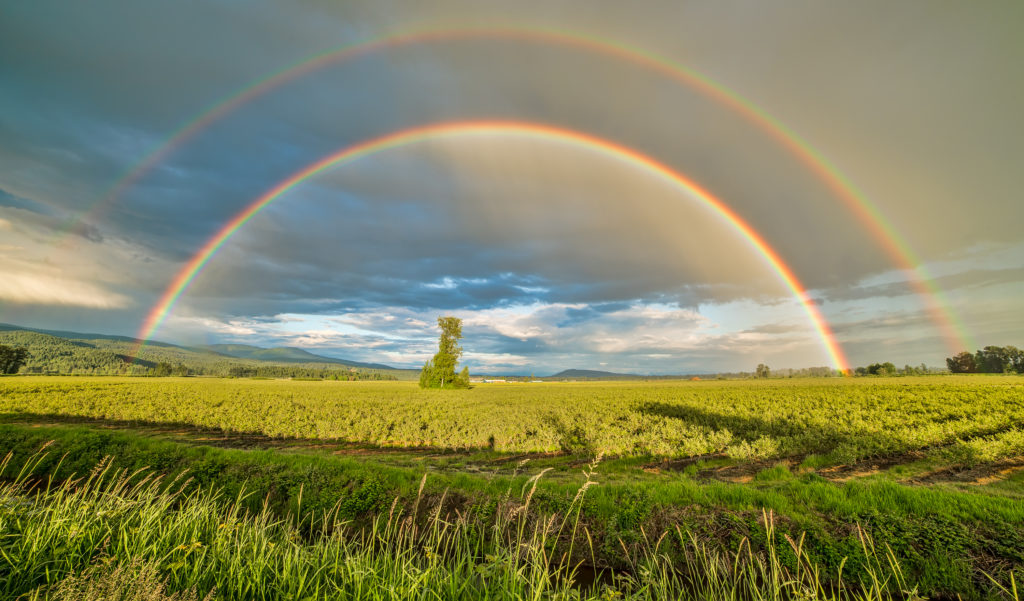
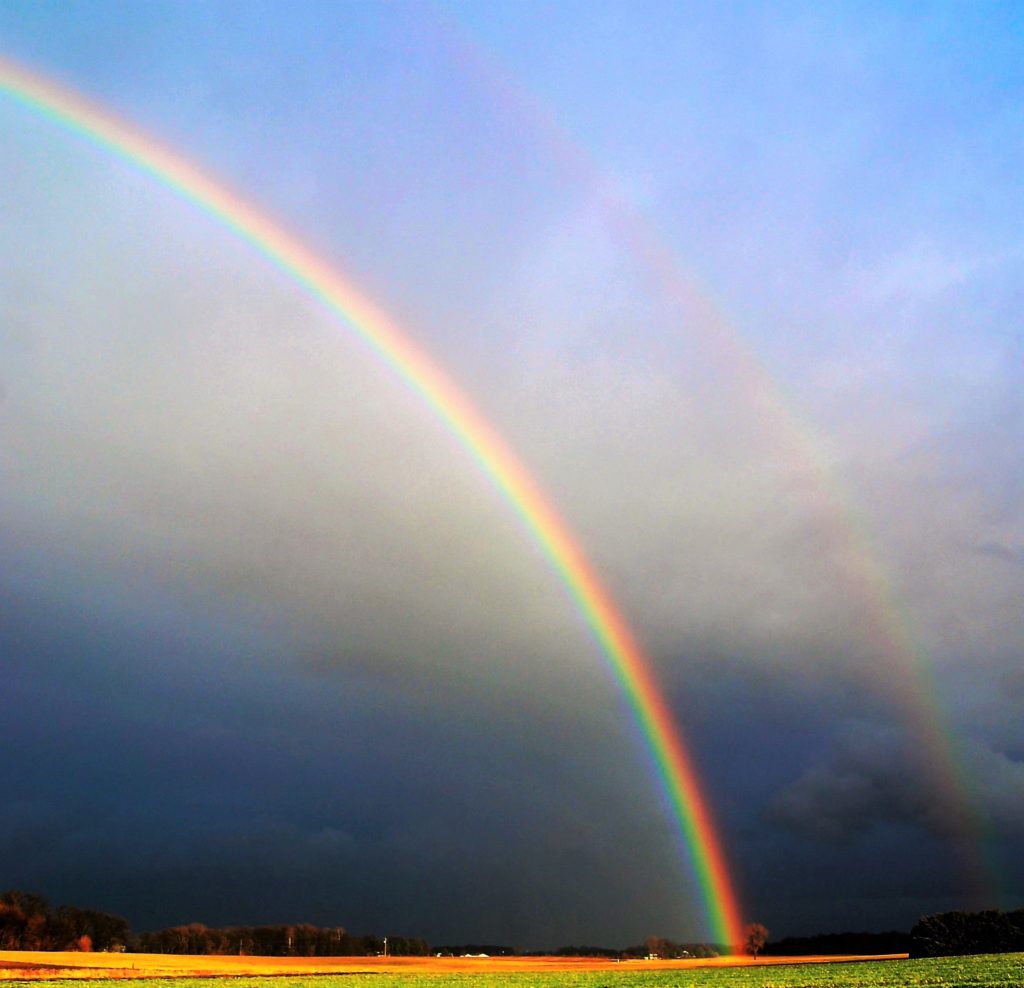
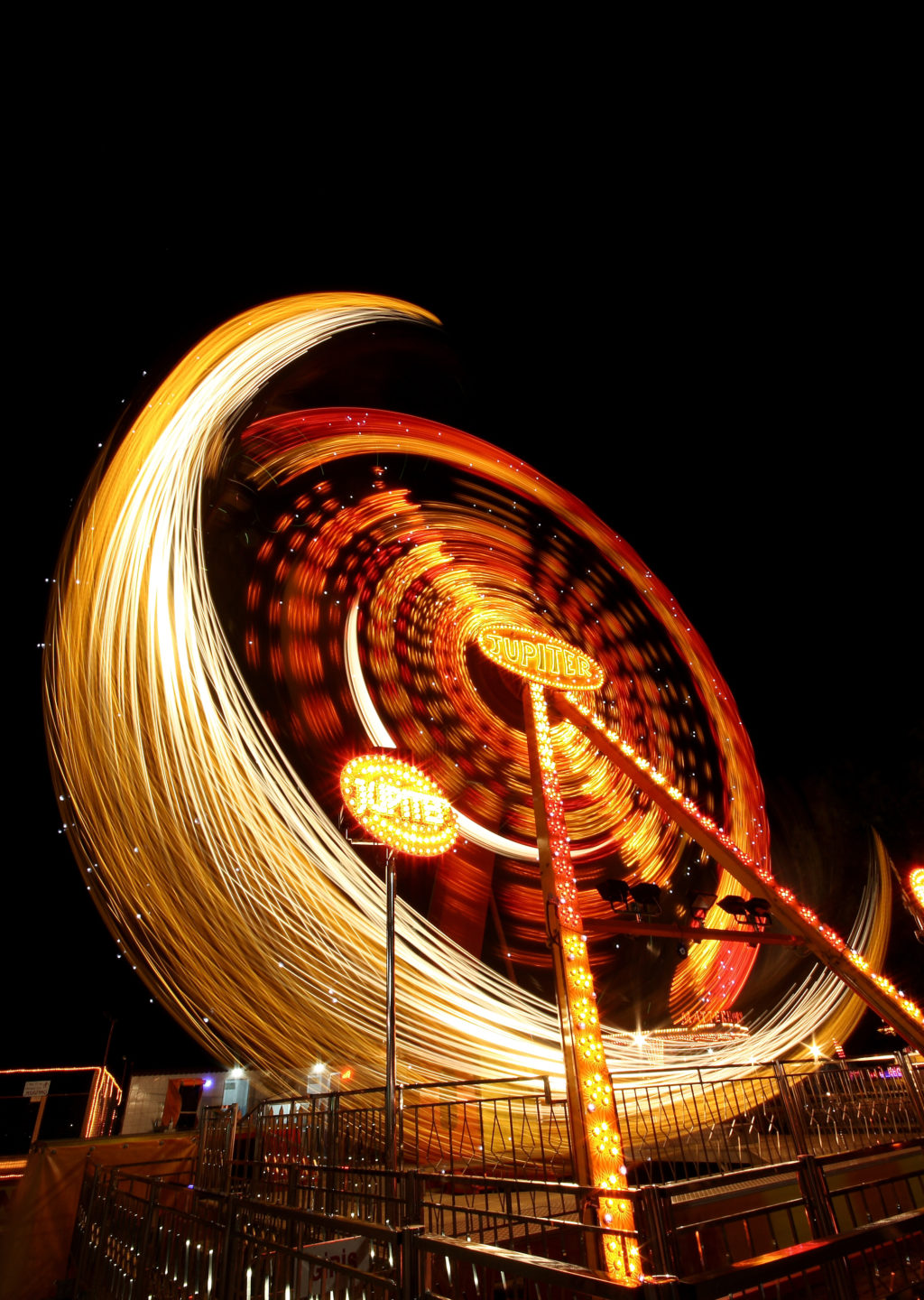
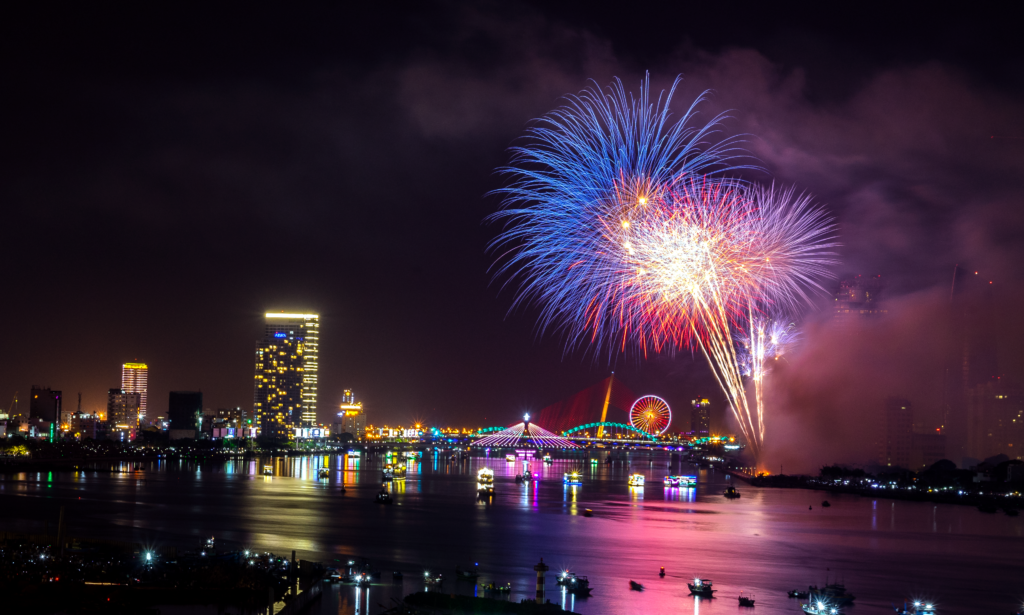


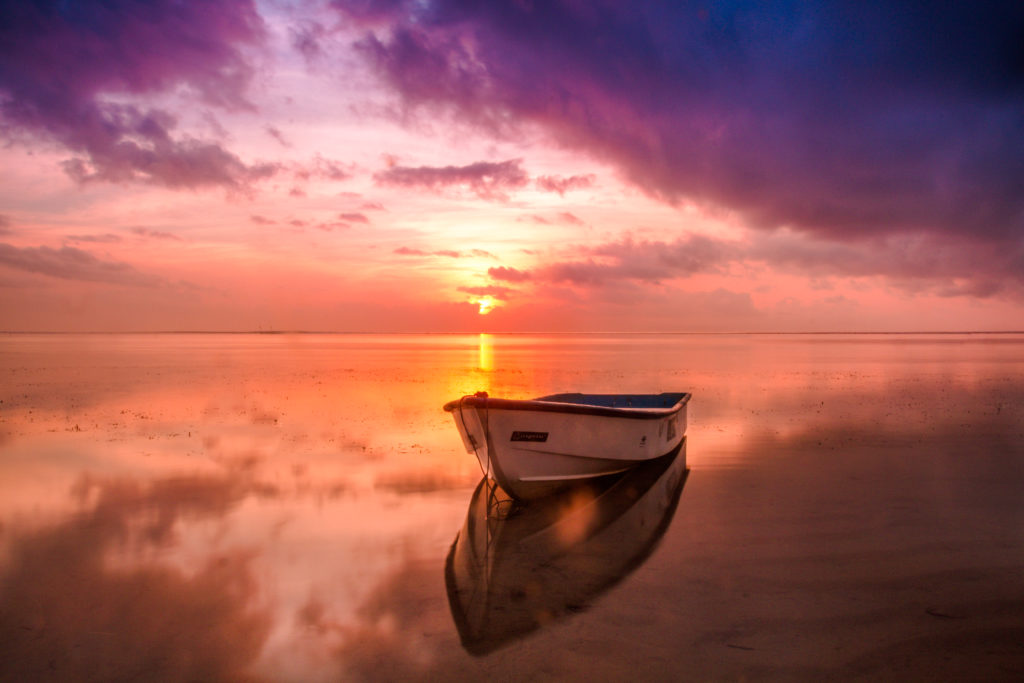

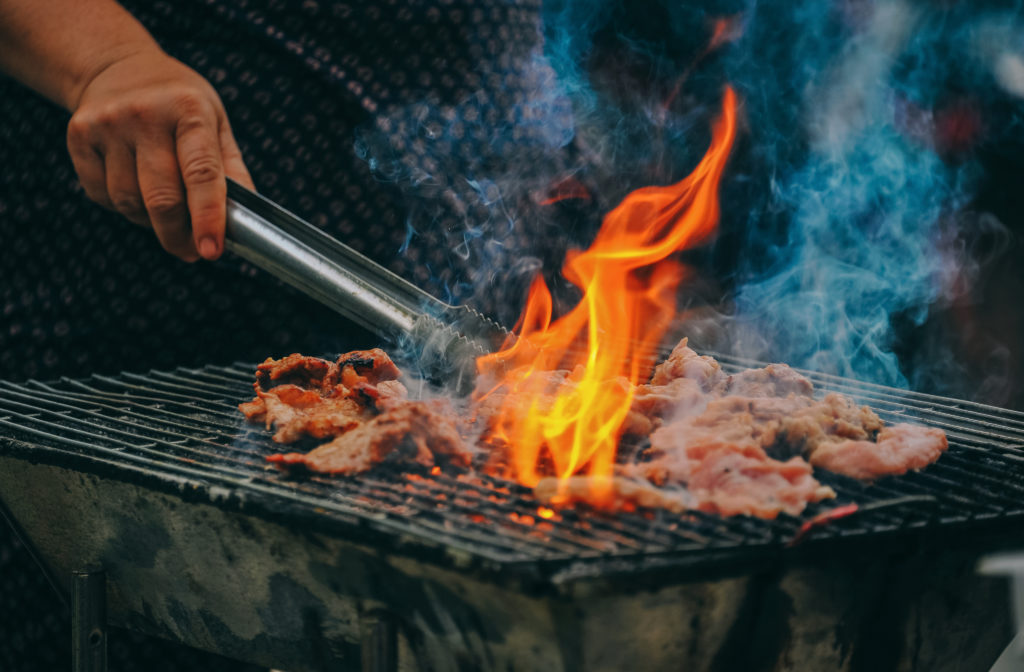
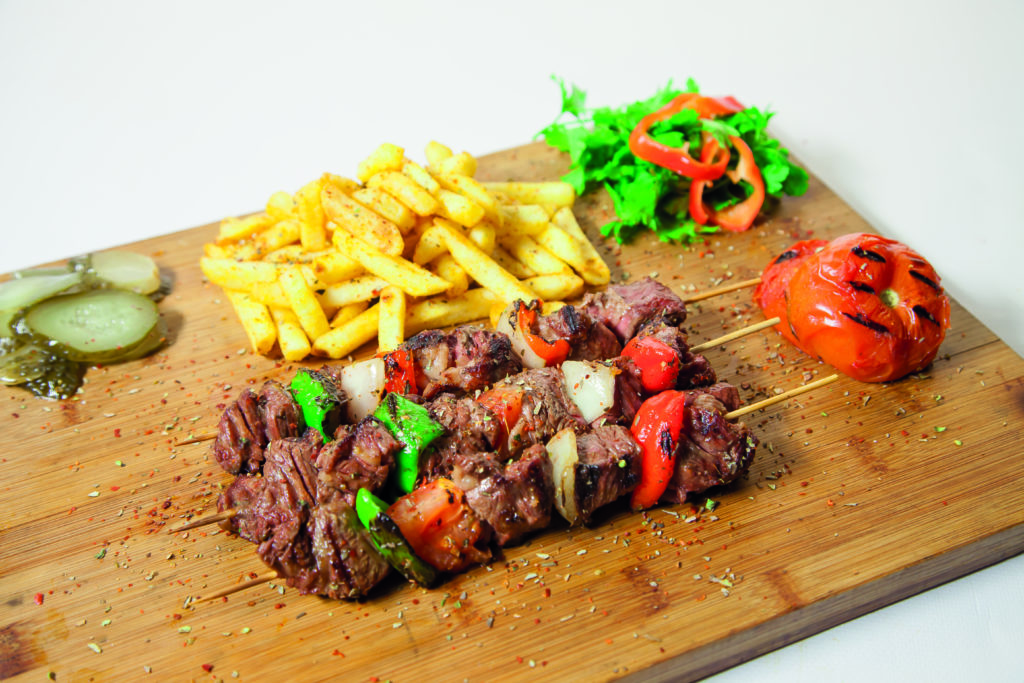
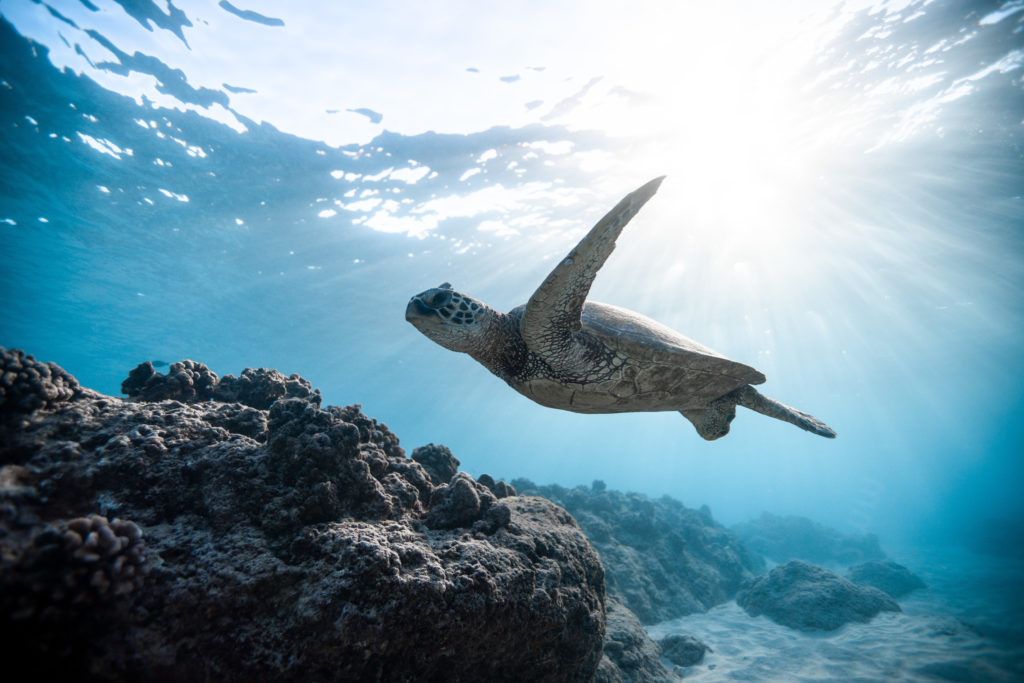
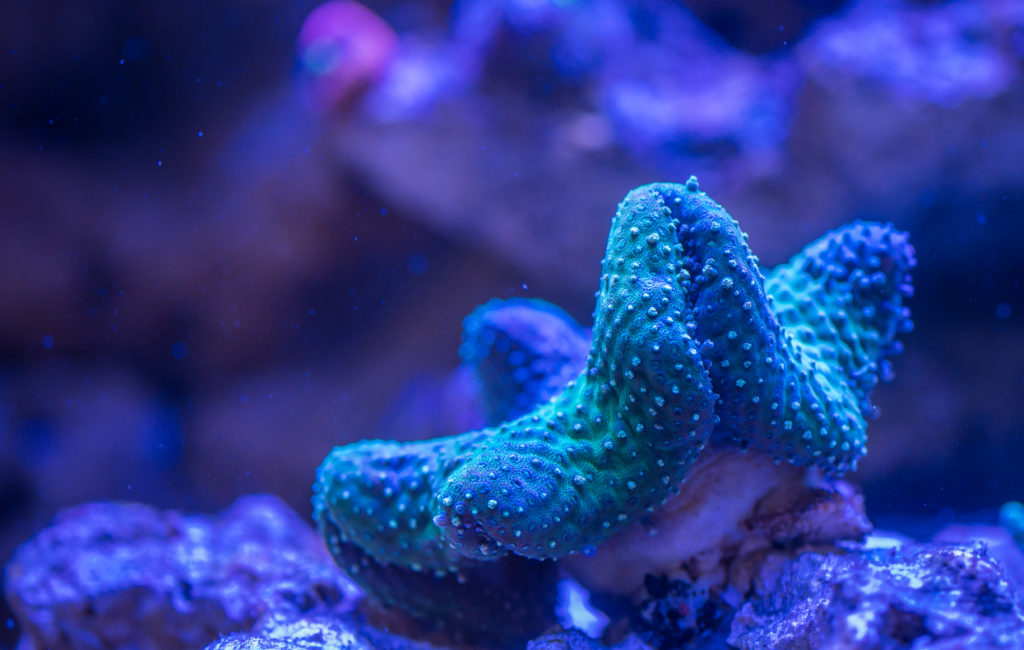
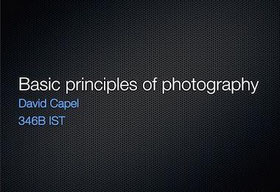
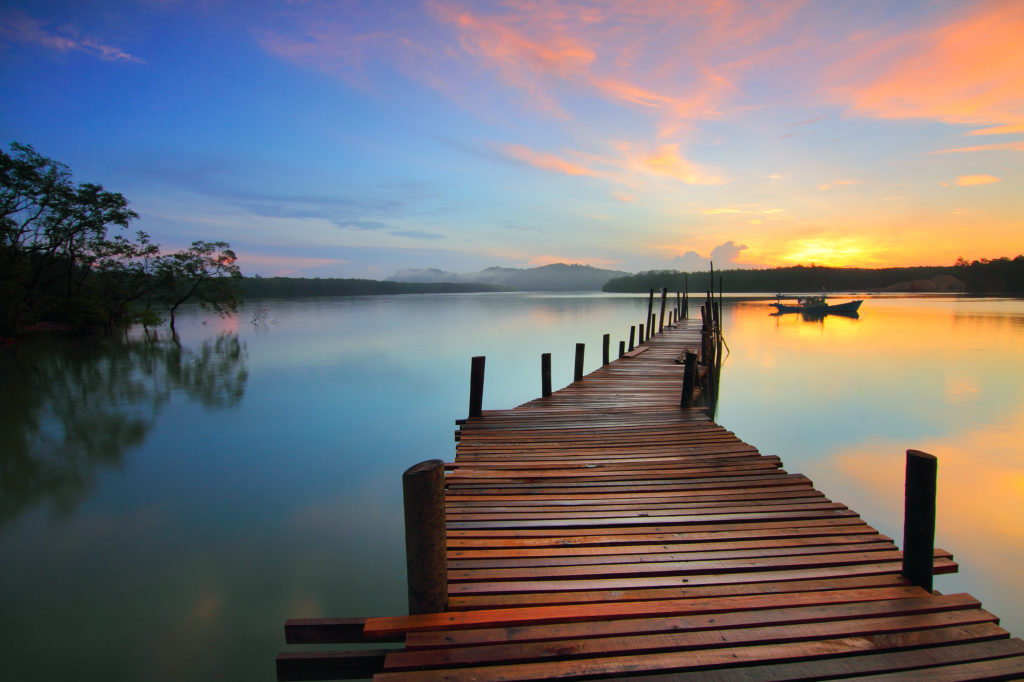
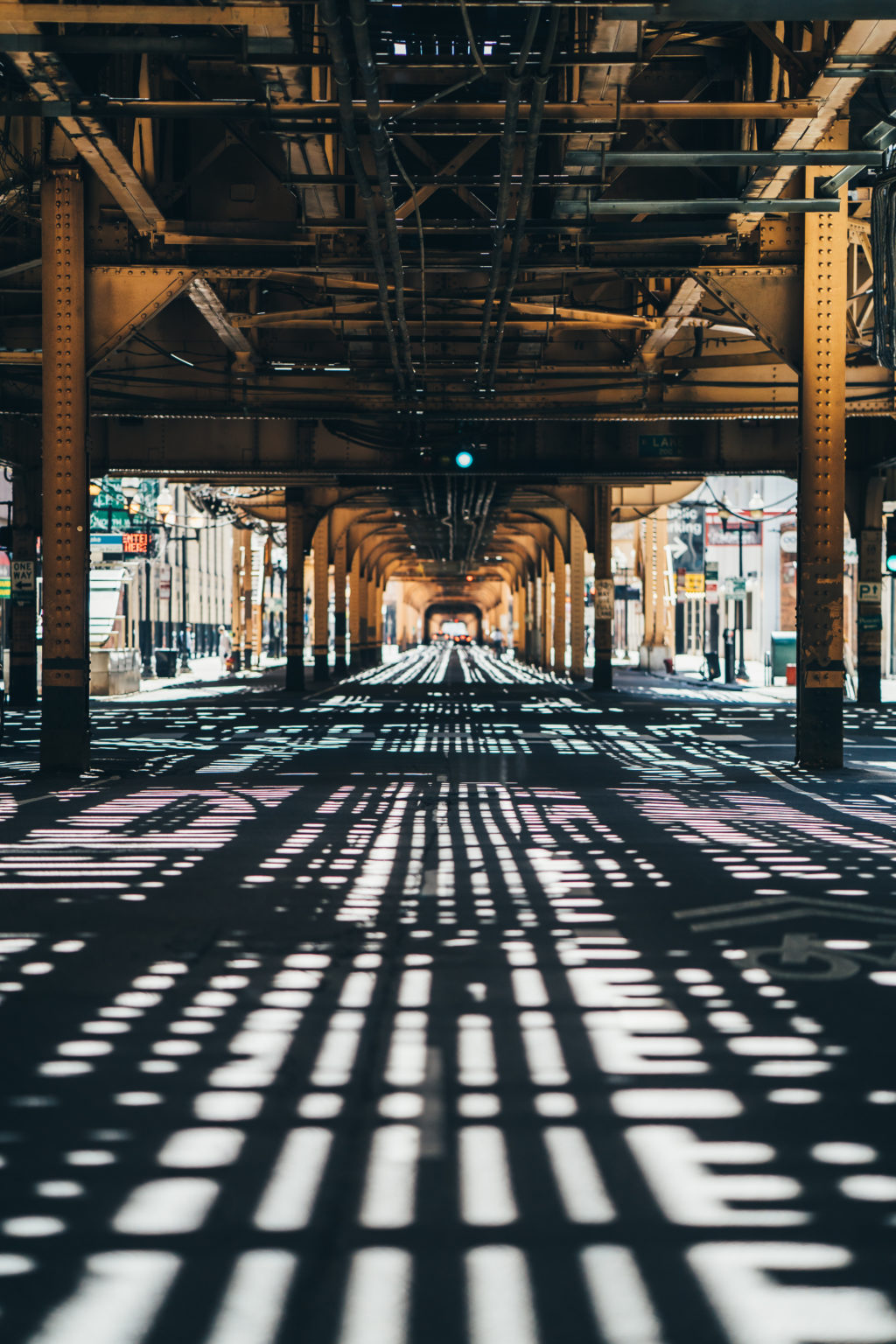
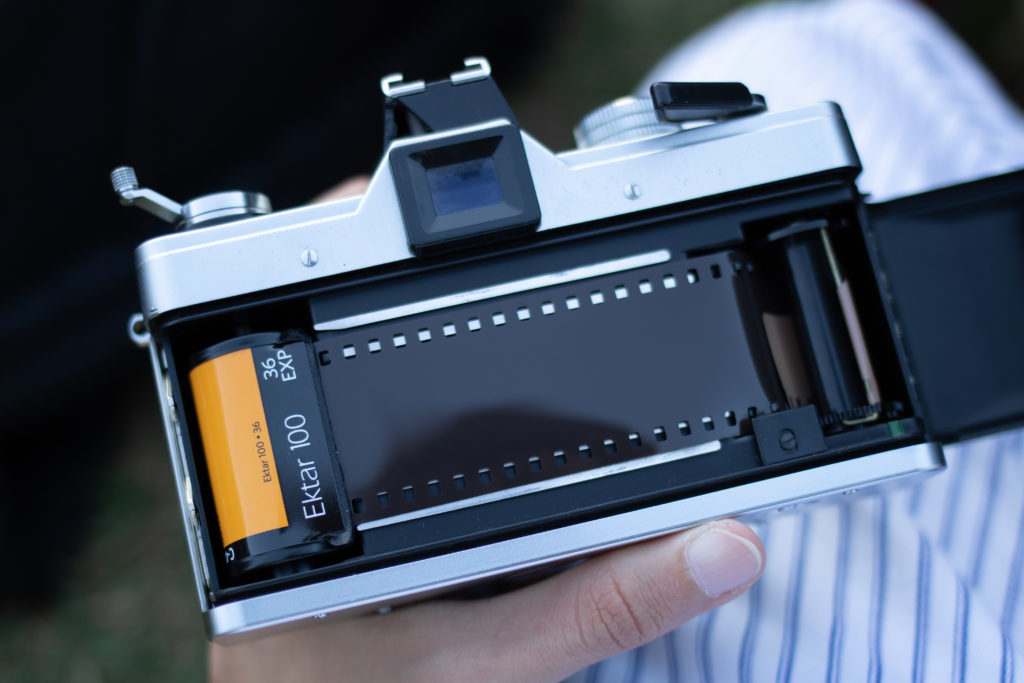
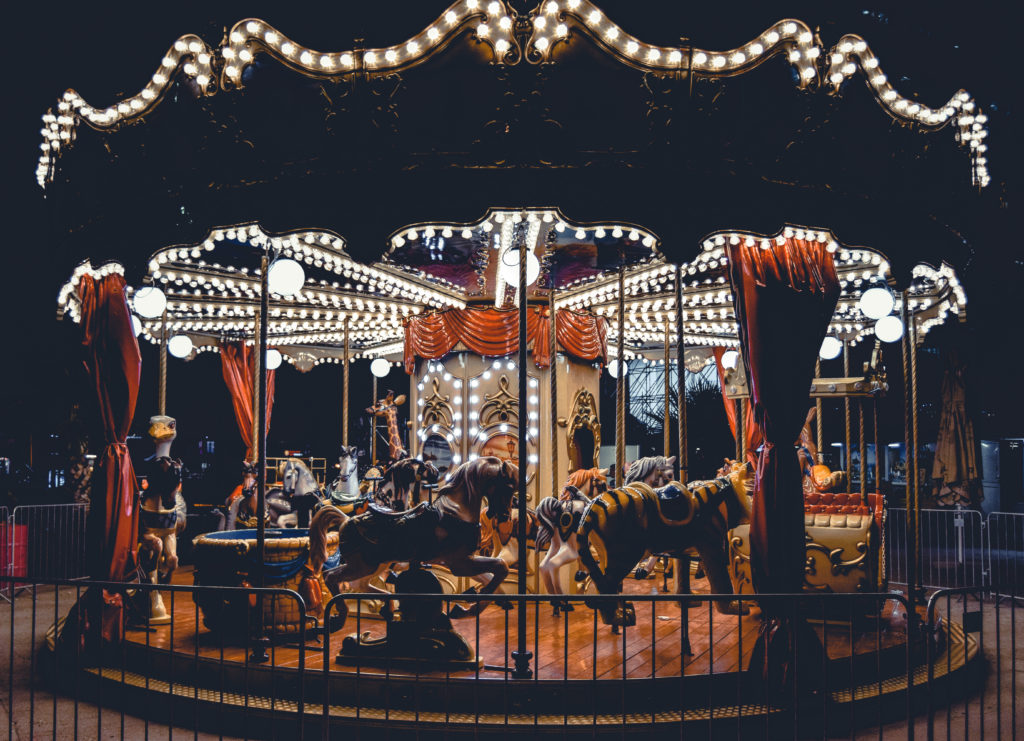
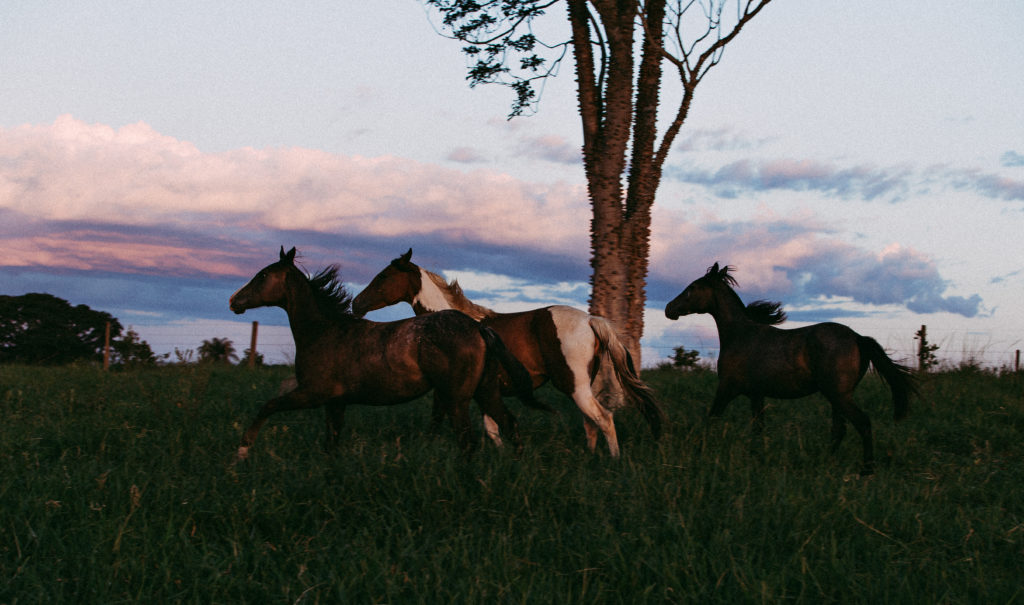
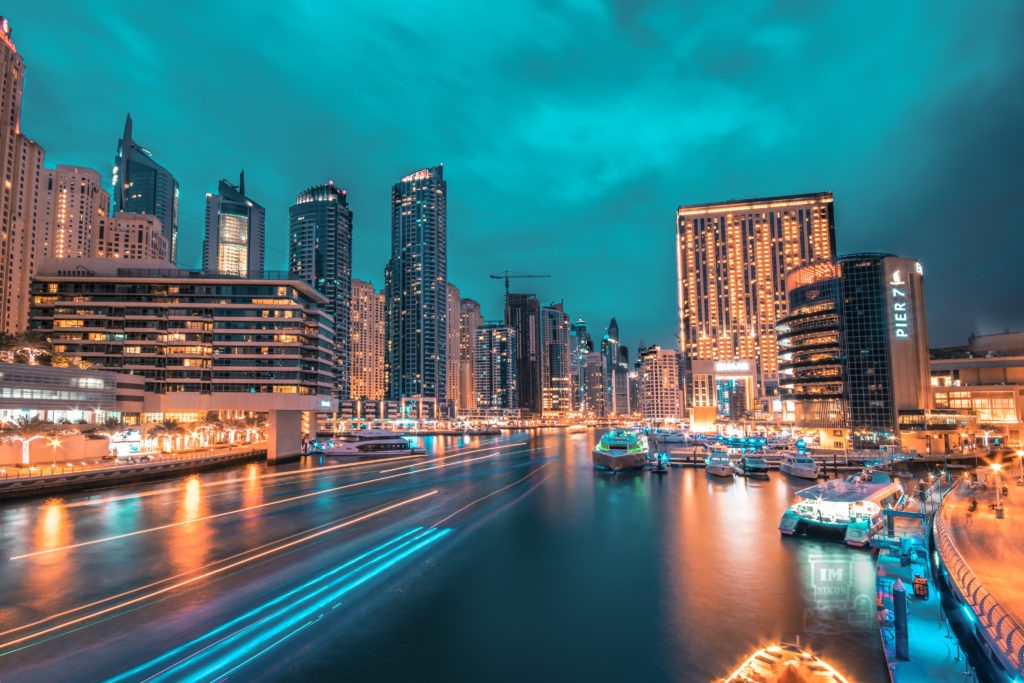
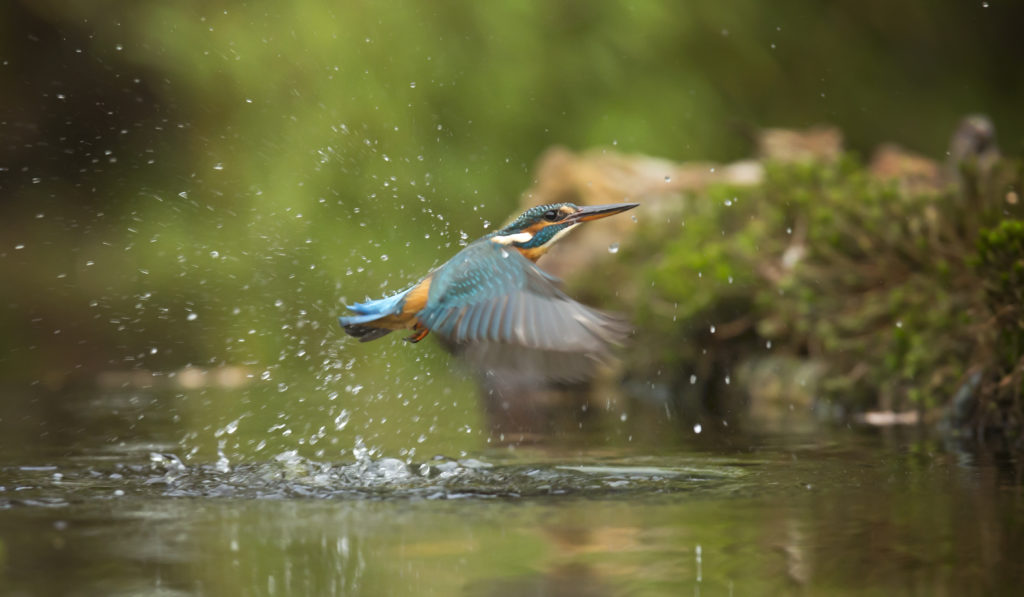
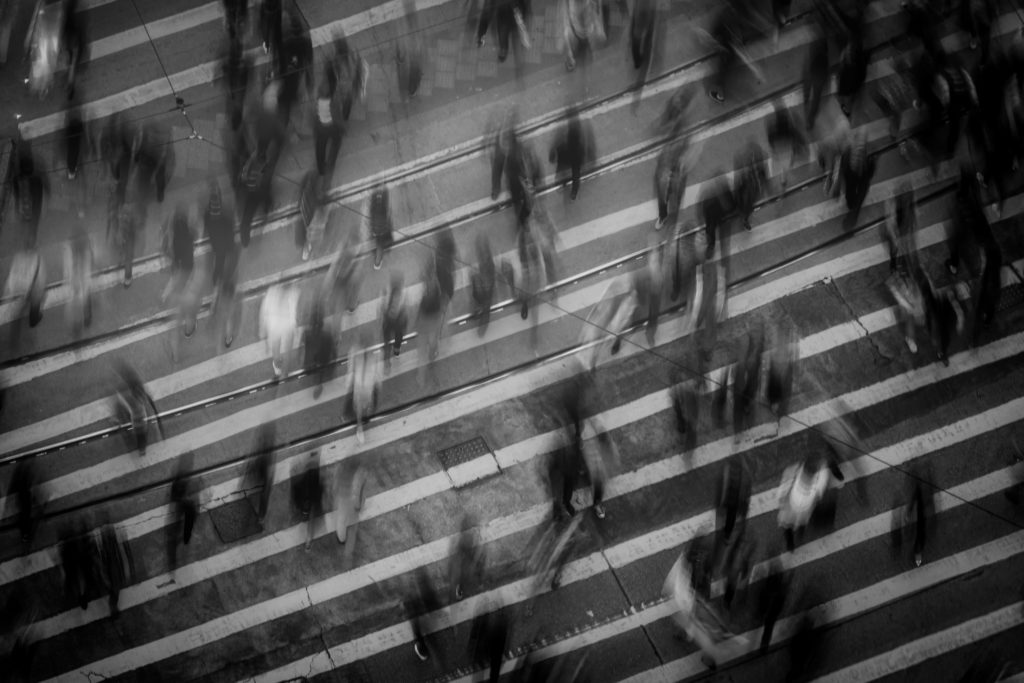
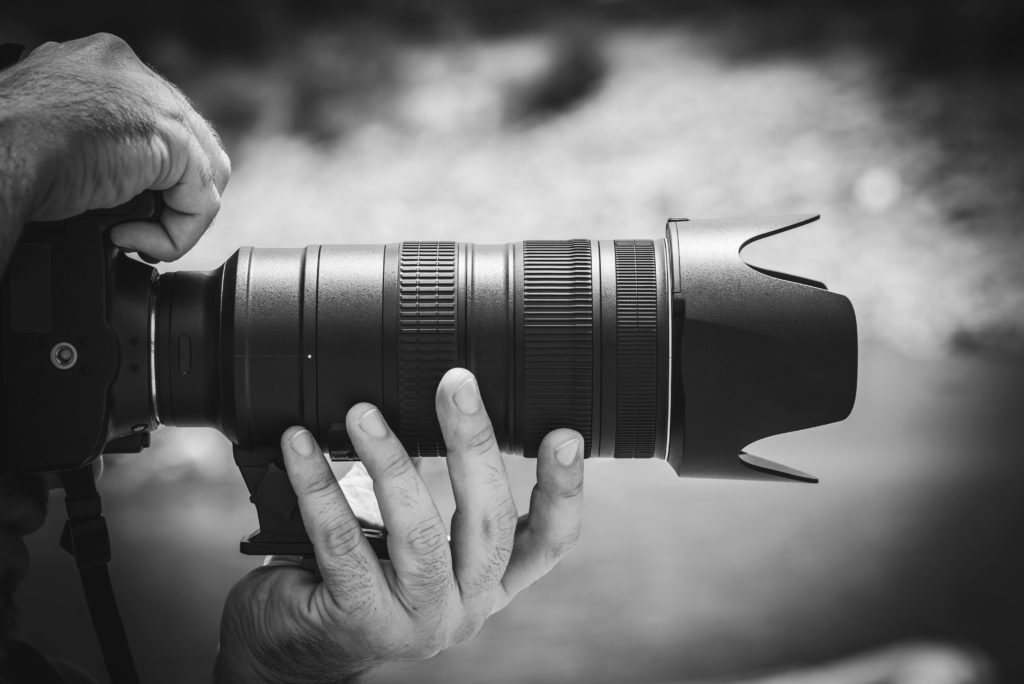
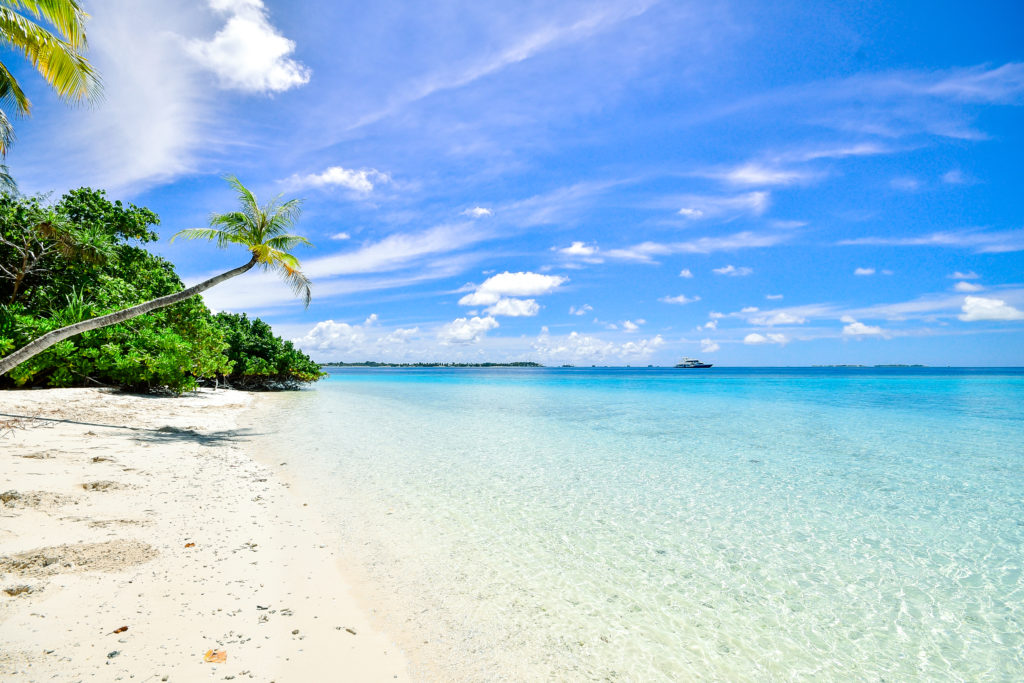
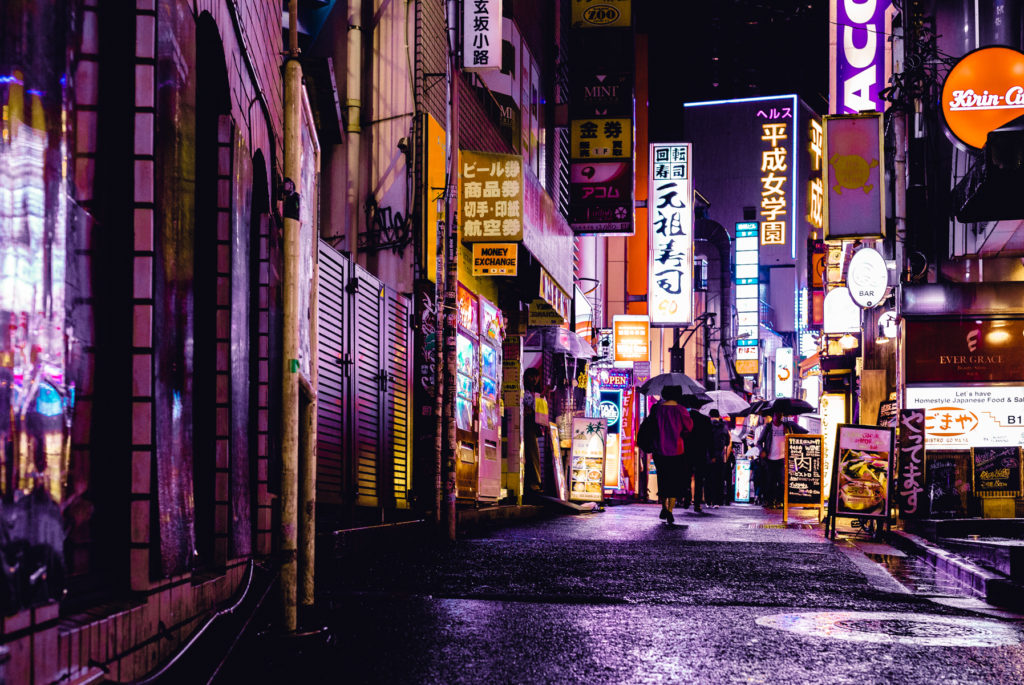

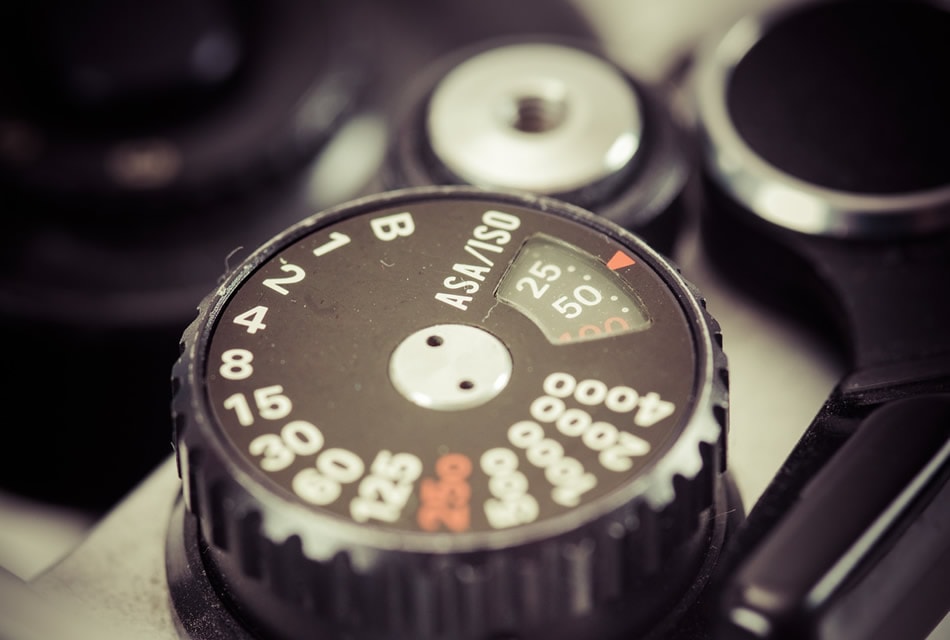 Some photographers even have fears about increasing their ISO too much. Instead of living with this fear, learn how ISO really affects your pictures.
Some photographers even have fears about increasing their ISO too much. Instead of living with this fear, learn how ISO really affects your pictures.